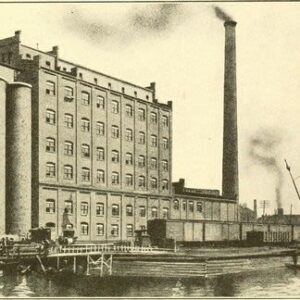
- This project has passed.
Tehreem Husain
Online Economic History Seminars with EHES
Start time:
May 3, 2022 @ 3:00 pm - 4:00 pm
EDT
Location:
Online
Type:
Other

Description
Tehreem Husain, PhD Candidate from University College London (UCL) will present her paper Time-varying Relationship between Returns on Government and Railway Securities 1880-1913: An Empirical Analysis.
ABSTRACT:
Investment guides and newspaper reports published during the first era of globalisation refer to ‘railway securities being more lucrative in the long-run’ and ‘all British stocks subject to the same controlling influences’ (Chadwicks’ Investment Circular, 1870; Lowenfeld, 1909). This paper examines the long-run equilibrium relationship between returns on railway and government securities, the top-most avenues of investment during 1880-1913 in 15 capital-rich and capital-poor countries. Specifically, I explore three research questions. First, what is the underlying relationship between railway and government securities? Second, what role does country heterogeneity play in influencing the relationship between the two asset classes in the long-run? Third, does the relationship show time-varying characteristics? Using Pooled Mean Group, FMOLS and DOLS techniques the paper takes into account possible structural breaks and finds a robust and stable relationship between the two. Interestingly, returns on the two securities exhibit a time-varying relationship, and investors exhibit ‘flight to quality’ behaviour during the Barings crisis of 1890.
I contextualise these empirical methods with investment advice provided during 1880-1913 and find that UK investors were aware of correlation, co-movement and diversification. More importantly, investment advisers’ suggestions were consistent with the recommendations of modern portfolio theory. The article contributes to the wider literature on financial globalisation during 1880-1913 in two ways. First, using modern time series techniques it finds evidence of the application of principles of modern portfolio theory before it was formally introduced by Markowitz in 1952. Second, the paper sheds light on investment strategies across countries and across time. In this way, the article contributes to understanding risk management, security pricing and investors’ portfolio diversification strategies during the first era of globalisation.
Hosted by Working Group(s):
Attendees
Jordi Caum Julio
Serhat Konuk